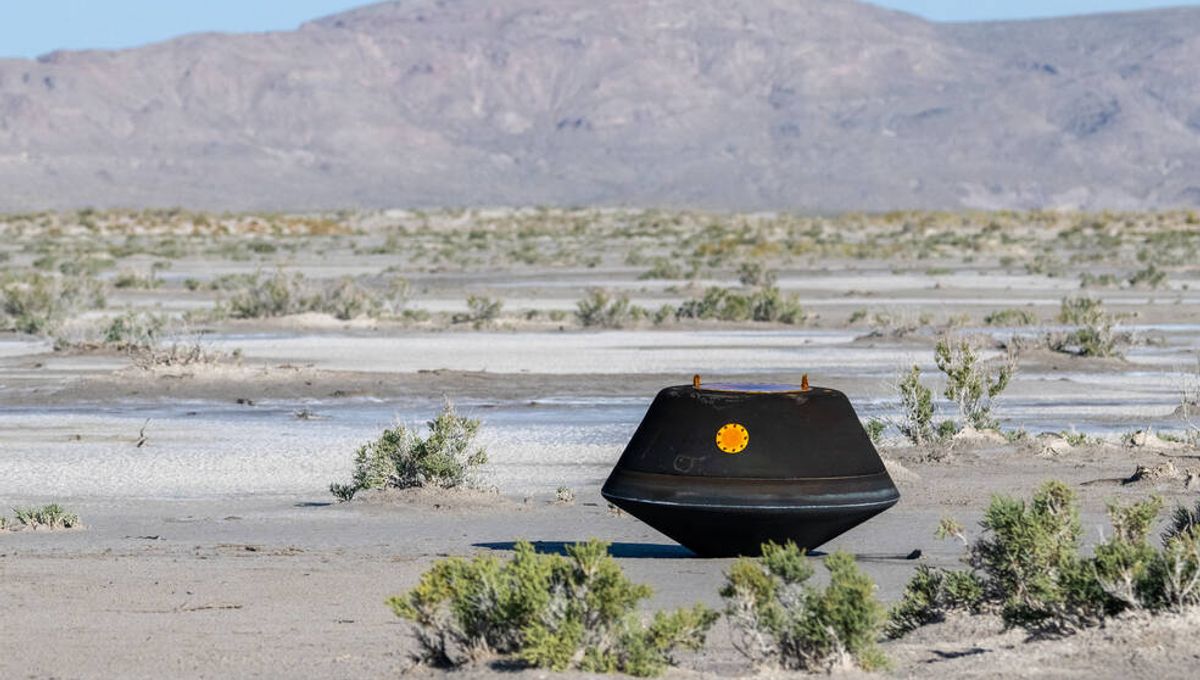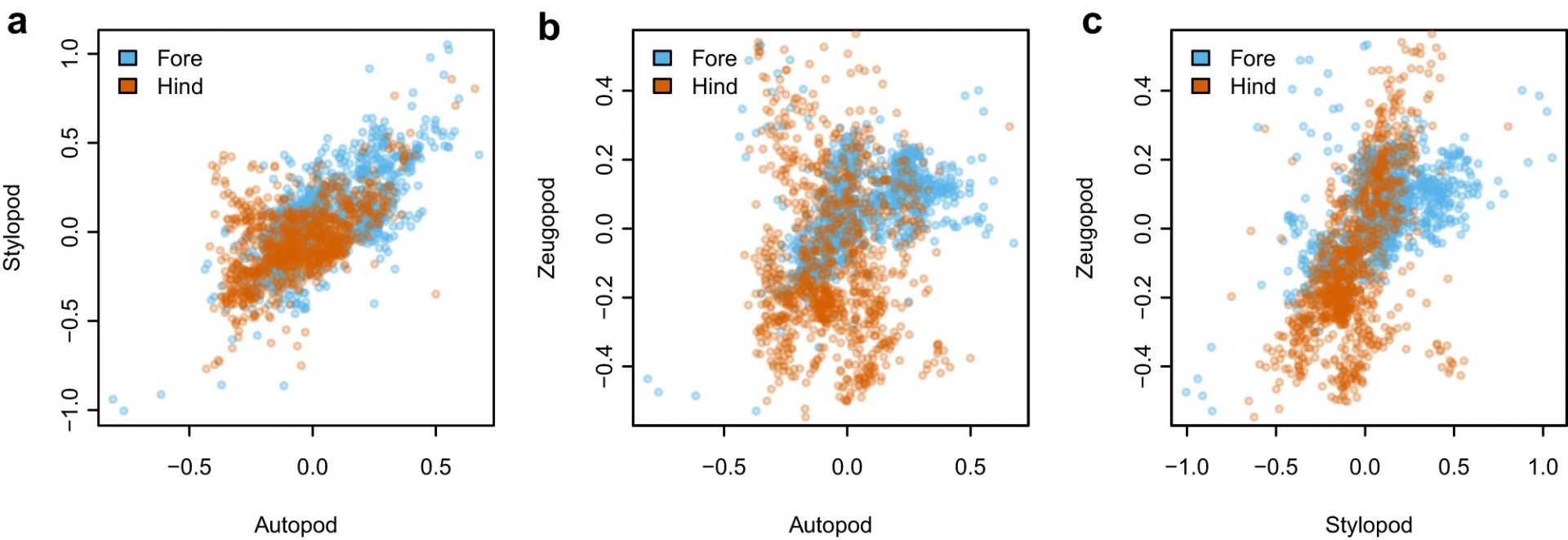NASA’s first asteroid sample return mission, which took place three years ago, was an incredible feat. The mission aimed to collect about 60 grams of material from the surface of asteroid Bennu, but NASA now estimates that it may have gathered four times as much. These precious grains and pebbles hold the key to understanding the early Solar system and the formation of Bennu. In fact, based on findings from Japan’s Hayabusa missions, there is even a possibility of discovering organic materials that could be precursors to life, such as amino acids. However, the chances of finding actual life forms on Bennu are incredibly slim.
Life on Bennu?
Bennu, a small rock about half a kilometer wide, is a harsh environment for life. It lacks nutrients, atmosphere, and water (although some asteroid rocks have been altered by water). The surface of Bennu is bombarded by ultraviolet light, which can destroy biological tissue.
While there are theories, such as panspermia, that suggest life can travel through space on asteroids and comets, it is highly unlikely that life exists on the surface of Bennu. Any potential life would need to be buried deep to survive the intense UV light and cosmic rays.
Science fact not fiction
The process of NASA’s OSIRIS-REx mission, which involved dropping a capsule from space into a US airbase, may sound like something out of a science fiction novel, reminiscent of Michael Crichton’s “The Andromeda Strain.” However, the purpose of the capsule is not to protect us from extraterrestrial microorganisms, but rather to protect the precious material collected from Bennu.
The design of the capsule includes intricate measures to minimize contamination. After landing, the team even collected samples from the surrounding area to ensure no contamination occurred.









